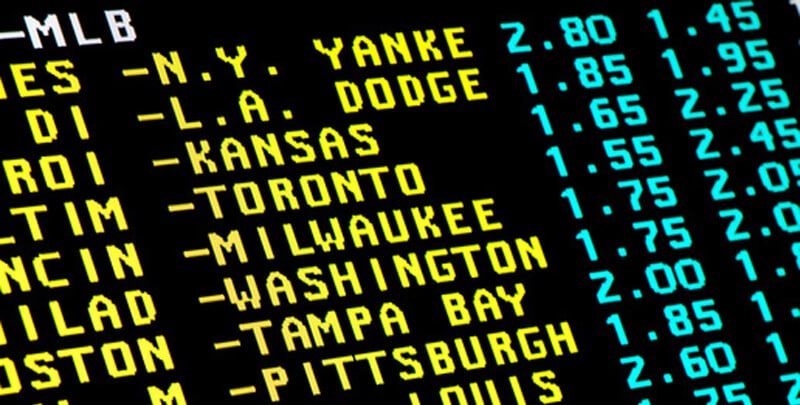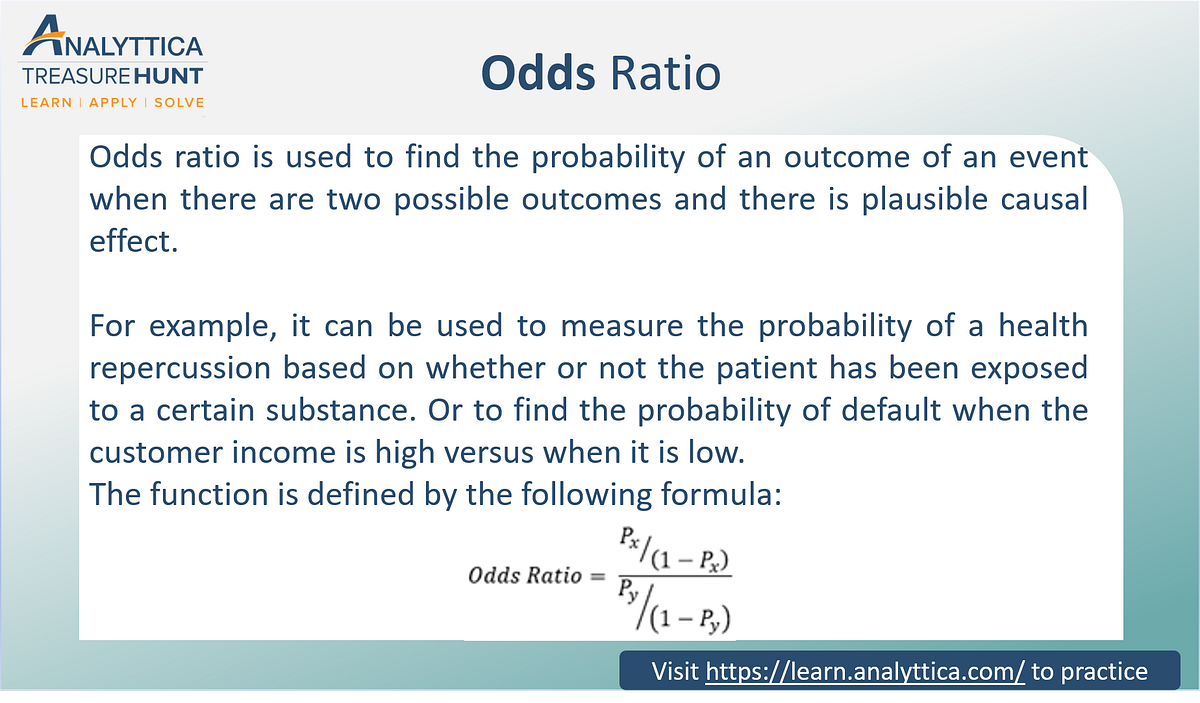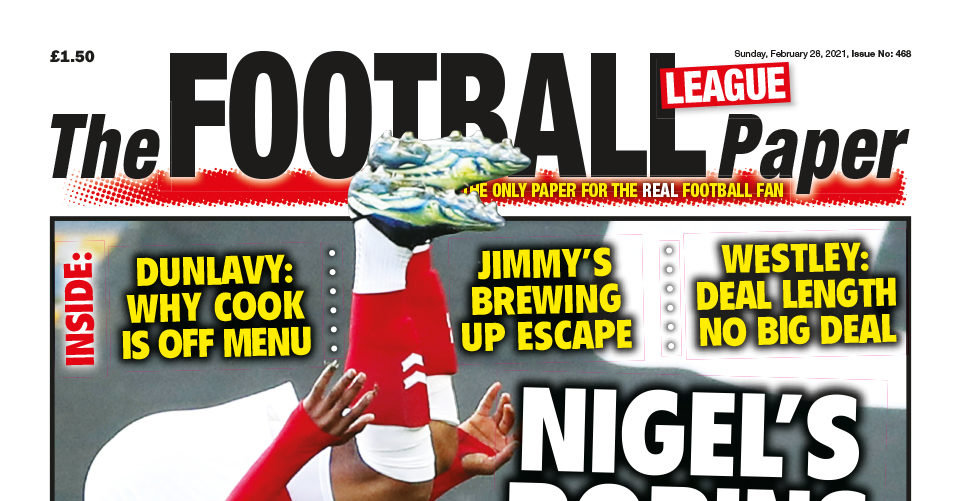Explain Betting Odds Ratio
Here we will explain and simplify horse racing odds to make betting easier. One of the surest ways people lose money on horse racing is not knowing how to bet or understanding the odds. To a beginner, all those numbers on the tote board and hearing all of the horse racing odds. Sports Betting Odds Explained. Many people don’t know how to read or calculate sports betting odds, so below we have done our best on explaining how betting odds work. The most common type of sports betting odds used in North America are the American style odds which we explain below. (1) Dividing the left-hand side of the fraction by the right-hand side, e.g. Fractional odds of 7/4 would be 7 divided by 4 which equals 1.75 (2) Add 1 to the result e.g. 1.75 + 1 gives decimal odds of 2.75 Fractional odds can make it a little tricky when trying to work out your return and profit. With American odds, the number represented is how much you have to bet to win $100. If the number is preceded with a '+' sign, then you would risk less than $100 to win a wager worth $100. And, the opposite is true when the number is preceded with a '-' where the bettor would have to risk more than $100 just to win $100 of the wager.
By convention only a set of fractions are used in fractional odds betting markets. The set does not include exact mathematical equivalents to all possible decimal and American odds. We use the closet fraction that is used in betting markets.
For example, the exact mathematical equivalent of decimal odds 30 is fractional odds 29/1. However 29/1 is not used in betting markets, instead 30/1 is used, so that is what appears in this converter.
For an explanation of the odds types on this table see decimal, fractional and American odds. To find out what the numbers really represent see understand odds as probability with overround.
You may also like
In order to understand odds in sports betting, it is important first to understand some basics. The simplest example of odds is a two sided coin, heads and tails. Each time the coin is flipped there is a 50% chance that it will land on heads and a 50% chance that it will land on tails. Both of these percentages add up to 100%, where the probability of all possible outcomes must adds up to 100%.

To put it simply, the odds are the probability of a certain outcome. The way they are displayed in various forms helps punters identify how they will be paid on the various odds. We will show you how to read betting odds by explaining how they are notated as well as betting and payout examples. Be sure to see our odds notation conversion chart at the bottom of the page.
Odds Notation: Decimal Odds, Fractional Odds and American Odds
Explain Betting Odds Ratio Ncaa Football
You will notice that odds are sometimes displayed differently. We will explain the main odds notations you will see at various sports books. Often sports betting sites will allow for punters to choose the way the odds are displayed. Just keep in mind that they are ultimately displaying the same odds, just in a different way. It is good idea to be familiar with all types in case you are not given the choice, but find a good site that provides favorable odds. It is a personal preference, but I typically like to use the decimal system when available. It is the most straightforward.
Decimal Odds (European Odds): 4.00
This form of odds divides 100 by the number percent of a certain outcome (100/%chance = decimal odds). For instance, if a particular team is given a 25% chance to win outright, the Decimal Odds on such an event would be 4.00 or (100/25 = 4).
Payout Structure: If you were to place a bet on these odds and win, you would get a 4 to 1 payout. So for every 1 unit of currency played, the player would receive 4 back in total payout if they win. Notice that this includes the profit of 3 and initial bet of 1.
(Decimal odds x Initial Bet = Total Payout)
Betting Example: Let’s suppose you bet Rs. 1000 on decimal odds of 4.00 and you win. The math would be as follows: (4 x 1000) = Rs. 4000 Payout. Again, this will include your profit + initial bet.
Fractional Odds (English Odds): 3/1
This system of notation is typically found among UK bookmakers. This odds notation is expressed in a fraction. If we used 25% again, the fractional form would be 3/1. This expression is saying that for every 4 occurrences (3+1), a negative outcome will occur 3 times and a positive outcome will occur 1 time. Another way to look at it is a ratio of losses to wins (Losses/Wins). To calculate your profit, simply divide the numbers and multiply it times your initial bet.
Payout Structure: If you placed a bet on 3/1 odds and won, you would win 3 units, plus your initial unit bet for a total payout of 4.
(Fractional Odds x Initial Bet = Profit) => (Profit + Initial Bet = Total Payout)

Betting Example: So, if you placed a bet of Rs. 2000 and won on these odds, you would ‘win’ Rs. 6000 and also receive your original bet of Rs. 2000 for a total payout of Rs. 8000. Where 3/1=3, and 3 x 2000 = Rs. 6000 in profit. Again, you would also get your initial bet back of Rs. 2000 for a total payout of Rs. 8000.
Let’s say the odds were 3/2 instead. The math would look like this (3/2 = 1.5) => (1.5 x 2000 = Rs. 3000 Profit ) => (3000 Profit + 2000 Initial Bet = Rs. 5000 Total Payout).


American or US Odds: +300
You will notice that a lot of US facing bookmakers use this notation. These odds are sometimes referred to as “lines” or “money lines”. This notation is easier when betting in $100 increments, but of course it can be used for smaller bets as well.
It uses (+) or (-) as standard notation. A plus sign (+) indicates how much will be won in profit for a 100 unit bet. A minus sign (-) shows how much is needed to bet in order to win 100 units. For the same 25% odds, the American Odds notation would be +300.
Payout Structure: For US odds of +300, you would ‘win’ 300 units for every 100 bet, and receive your initial bet of 100 for a total of 400 units. If the odds were -150, you would need to bet 100 in order to ‘win’ 150 for a total payout of 250.
Betting Example: If you bet $100 on +300 American odds and won. You would ‘win’ $300 and get your initial investment of $100 back for a total payout of $400.
Let’s say you bet $50 on the same +300 American odds and won. In this case you would win $150 in profit, plus your initial investment of $50 for a total payout of $200.
Explain Betting Odds Ratio Chart
If you bet on -150 odds, in order to win $100, you would need to bet $150. If you won, you would receive your profit of $100, plus your initial bet of $150 for a total payout of $250.
Let’s say you bet $75 on the same odds of -150. If you won the bet you would receive $50 in profit, plus your initial investment of $75 for a total payout of $125.
Odds Conversion Chart
How Do Odds Work Betting
| Percentage | Decimal | Fractional | American | Bet | Profit | Payout |
| 1% | 100 | 99/1 | +9900 | Rs. 1,000 | Rs. 99,000.00 | Rs. 100,000.00 |
| 5% | 50 | 49/1 | +4900 | Rs. 1,000 | Rs. 49,000.00 | Rs. 50,000.00 |
| 10% | 10 | 9/1 | +900 | Rs. 1,000 | Rs. 9,000.00 | Rs. 10,000.00 |
| 20% | 5 | 4/1 | +400 | Rs. 1,000 | Rs. 4,000.00 | Rs. 5,000.00 |
| 25% | 4 | 3/1 | +300 | Rs. 1,000 | Rs. 3,000.00 | Rs. 4,000.00 |
| 40% | 2.5 | 3/2 | +150 | Rs. 1,000 | Rs. 1,500.00 | Rs. 2,500.00 |
| 50% | 2 | 1/1 | +100 | Rs. 1,000 | Rs. 1,000.00 | Rs. 2,000.00 |
| 60% | 1.67 | 2/3 | -150 | Rs. 1,000 | Rs. 667.67 | Rs. 1,667.67 |
| 80% | 1.25 | 1/4 | -400 | Rs. 1,000 | Rs. 428.57 | Rs. 1,428.57 |
| 90% | 1.11 | 1/9 | -900 | Rs. 1,000 | Rs. 111.11 | Rs. 1,111.11 |